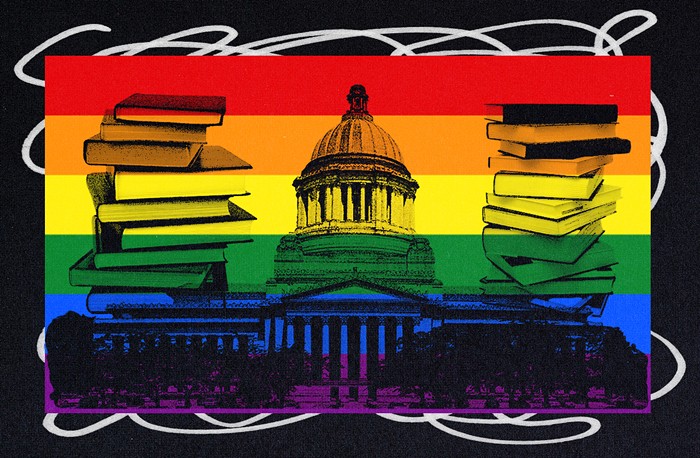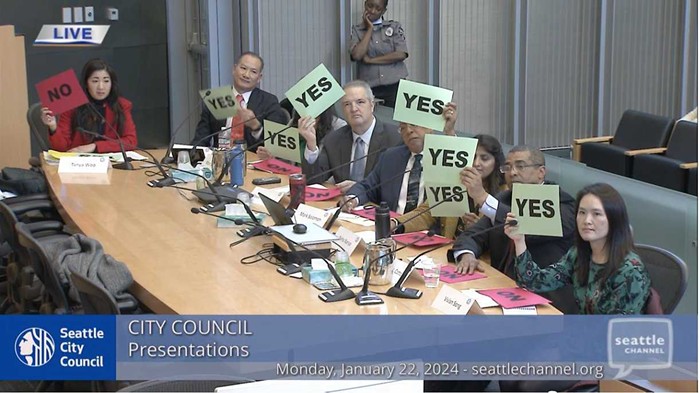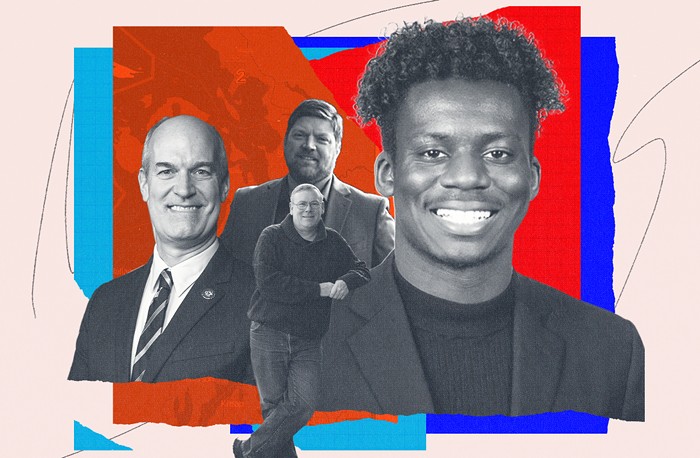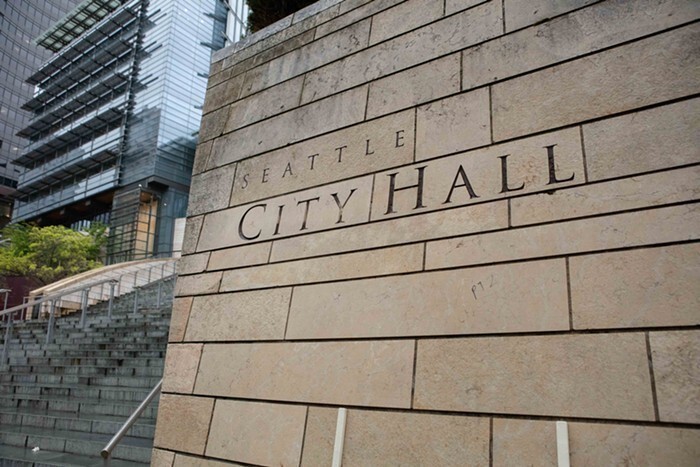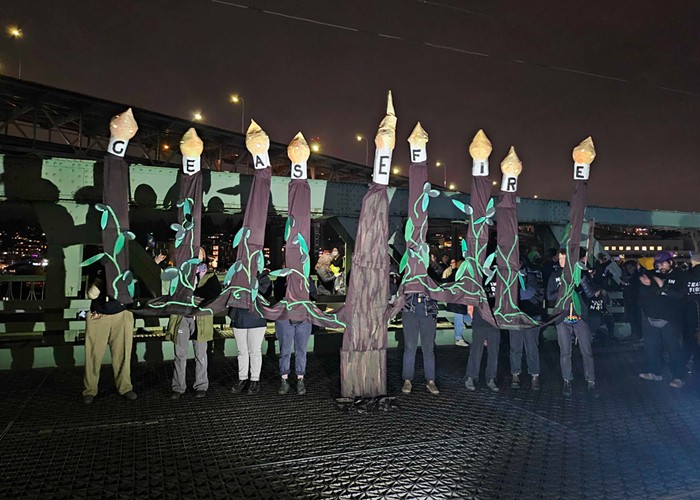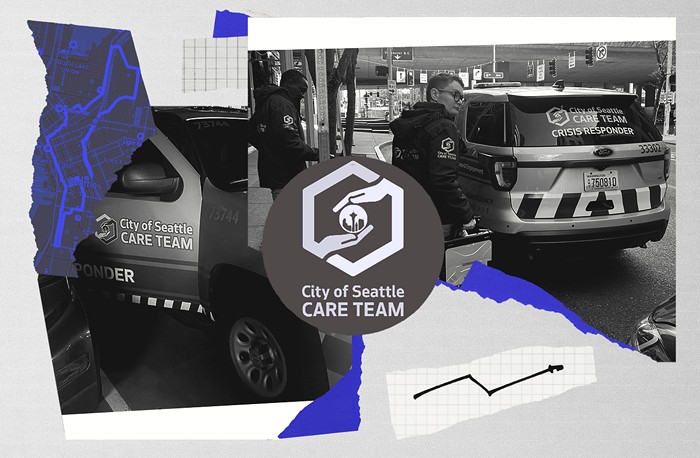
- R. Gino Santa Maria / Shutterstock.com
- Kids in Ferguson, Missouri, this week.
One question/answer from the piece:
Dara Lind: This continuity from the white attacks on black citizens after World War I, to the rioting of disenfranchised African Americans in the 1960s, is interesting. Is there a relationship between those two and between the violence of private white citizens and violence of police?Go read the whole thing.Heather Ann Thompson: On the surface they seem unrelated: you've got racist white citizens who are attacking blacks in the streets, and then years or decades later, you have the police acting violently in the black community.
In response to all those riots in the 1910s and 1920s, civil rights commissions were set up in cities, and there was pressure on both local and federal governments to address white vigilantism and white rioting against blacks. And while it was not particularly effective, it certainly had this censuring quality to it. And then what historians would agree happened is that, in so many cities, the police became the proxy for what the white community wants.
So one of the answers is that police became the front line of the white community—or, at least, the most racially conservative white community. It's the police that are called out, for example, when blacks try to integrate white neighborhoods. It's the police that become that body that defends whites in their homes.
Thompson does say that, when it comes to positive policing, what's generally called "community policing"—officers walking beats, being out in the city, being active in the community—has "merit" and "potential." Seattle's new police chief Kathleen O'Toole has certainly demonstrated an open enthusiasm for the community policing model, promising a renewed focus on that style of policing here, including neighborhood-specific community policing plans.
